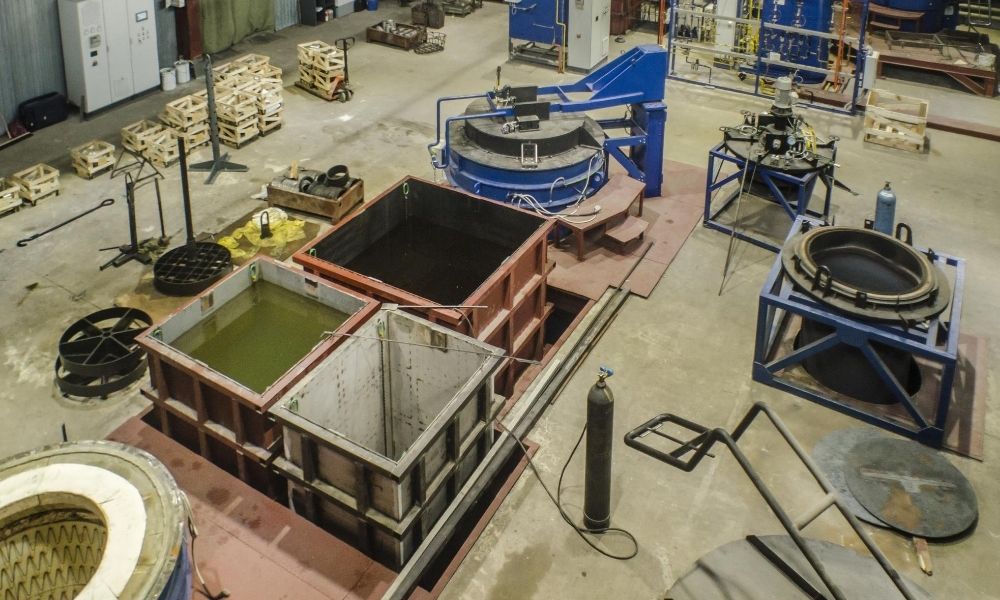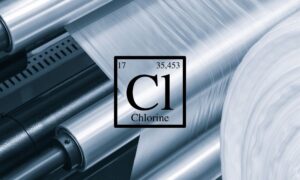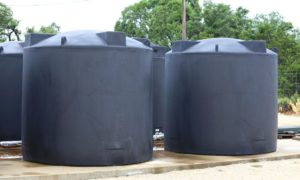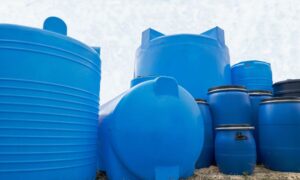They aren’t called “catastrophes” for no reason. There’s no such thing as a minor tank failure when you’re talking about a structure built to hold corrosive or harsh chemicals. Companies that have suffered leaks know that the consequences are extreme: Workers risk exposure that can be fatal. Past rescue attempts have multiplied the devastation by exposing multiple co-workers and emergency teams to dangerous vapors, too.
If preemptive steps aren’t taken to prevent electroplating tank catastrophes, there will be even more at stake. When damage can’t be contained to the tank, leaks can overcome the secondary containment, too. The impact on the environment is immeasurable, especially when it involves the contamination of water sources, and companies are liable for considerable clean-up fees. And this scenario isn’t just theoretical. For instance, an industry publication reported that about 75 percent of process tank servers had experienced leaks.
If you don’t understand your tanks inside and out, or you are unsure about how to prevent all catastrophes, the reputation of your company will be destroyed. No matter what industry you’re in, here’s a primer on what you need to do to ensure that your tank will preserve the safety of your employees, the environment, and your business.
Start With the Right Equipment
Tanks
Choosing the most appropriate tank—the strongest model for your specific chemicals—is the foundation for minimizing risk. To find the best tank for your needs, pay attention to consistent wall thickness, joint strength, and extra reinforcement for critical areas. Subpar welding has been the cause of too many accidents, so don’t ignore the signs of sloppy welding that results in burrs or rough finishes. This can lessen any sediment buildup.
There are many materials to use in building tanks, including CPCV, Kynar, Ertolyte, Rulon, and more. Consider any chemical combinations and reactions when deciding on your tank’s materials, size, shape, and features. Consult a chemical resistance chart to be sure. With so many choices, make sure your tank manufacturer is thorough in explaining their benefits and any drawbacks. Ask for a post-machining inspection for your tank, and insist that 100 percent of the reports are available to you.
Ladders
Avoiding electroplating tank catastrophes also depends on external factors in addition to the tank itself. For instance, ladders need to exceed OSHA standards, including a two-point attachment system, one at the top and one at the bottom. Materials and size matter in choosing ladders. They need reliable fall protection systems such as harnesses, and a reliably stable platform for placement.
Ventilation Systems
Almost all catastrophes can point to inadequate ventilation for compounding the consequences. If flammable vapors attach to a tank’s seams and escape, it’s your ventilation system’s job to expel them, providing safe oxygen levels even for confined spaces. Identify the system’s capabilities in standing up to specific chemicals, possible chemical reactions, and chemical exposures. Revisit the effectiveness of your ventilation with regular air quality testing, ensuring the absence of all toxic and flammable air contaminants. Implement environmental monitoring and control to gauge your system’s impact.
Safety Training
Of course, human error is to blame in tank catastrophes, even only for failing to detect equipment flaws. Workers need and deserve to know the worst-case consequences of not following procedures. Use your most experienced workers for the most high-risk tasks, and emphasize that they must be physically rested, alert, and conditioned for the job. Provide them with extensive training for each specific action, host review sessions on a frequent and set schedule, and add seminars for continuing education as techniques, equipment, and data develop. Among the most important priorities are:
Written Procedures
The safety and training program must be in a written form for learning and review, with straightforward recognition of hazards and safe work methods. Include confined space entry procedures, plant emergency procedures, details about the reactivity and toxicity of chemicals, and the schedule for ongoing training. Material Safety Data Sheets should be available for reference. The training materials should emphasize the proper selection, usage, and maintenance of all protective equipment. You can include ample work floor signage in this category as important reminders and warnings of what your workers have learned.
Protective Equipment
Accidents are infinitely minimized with the right tools. Research and buy the best specialized equipment for your workers, such as gloves, goggles, protective clothing, and respiration devices. More important, verify that your workers know how and when to use it all – and remember that it is not optional, as there are no shortcuts when it comes to safety. As you purchase new equipment, take employee feedback into account and adjust as necessary. Keep up with new equipment and add more equipment to your supply if appropriate. If you need to expand your budget in this area, and the investment is well worth it.
Maintenance
The precursors to accidents are usually visible if you know what to look for. Thus, you should monitor any tank wall bowing and keep an eye on the structural integrity of the tank. Consider the smallest details and the overall picture. The conditions of the seams can’t be ignored. If you can’t see the structural material due to protective covering, look into effective methods for testing. In addition to your own inspections, adhere closely to a set inspection schedule with the correction agencies.
Keep up with tank cleanings by utilizing an industrial cleaning and waste hauling company with impeccable reviews. Don’t take their word for it; the tank should be cleaned out completely. When workers are maintaining the tank, prevent the need to enter the tank when possible, and use less hazardous chemicals. Changes to cleaning procedures have led to unforeseen safety risks, so update the training plan and your workers.
Although there’s been too much precedent for accidents, it’s possible to avoid future tragedies with a plan for preventing electroplating tank catastrophes. Miller Plastics is a company with 50 years of experience as plastic tank manufacturers, and we take tank safety seriously. Your plan should begin with investing in the best tank possible, and you can rely on our expert guidance to back you up.
We have the highest standards for our tanks. We use 100 percent virgin American-made materials in our products, and we can individually customize tanks for your needs and anneal them for maximum strength. Our precision welding is smooth to minimize sediment buildup and maximize easy cleaning. We use techniques such as reinforcing with plastic-encapsulated steel bands or internal baffles to prevent sidewall bowing.
If you take safety seriously, contact us for a thorough consultation on your best options today.





